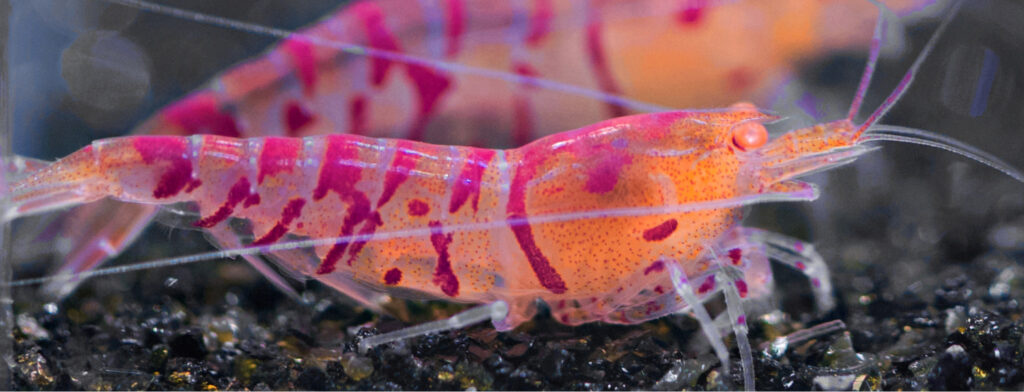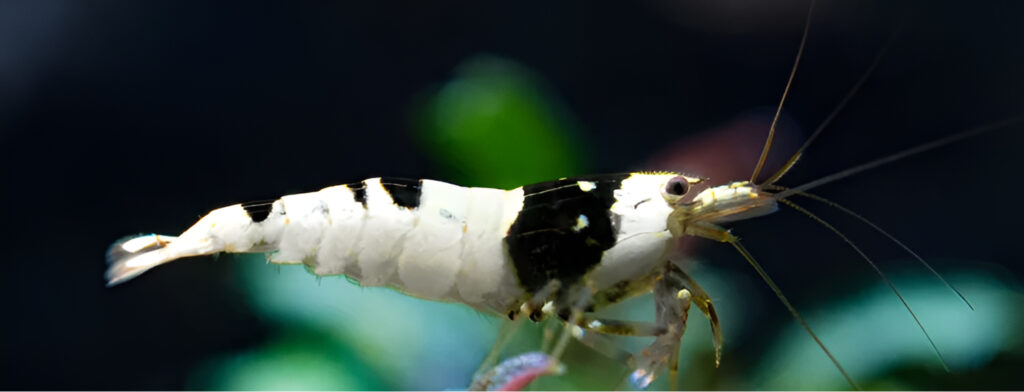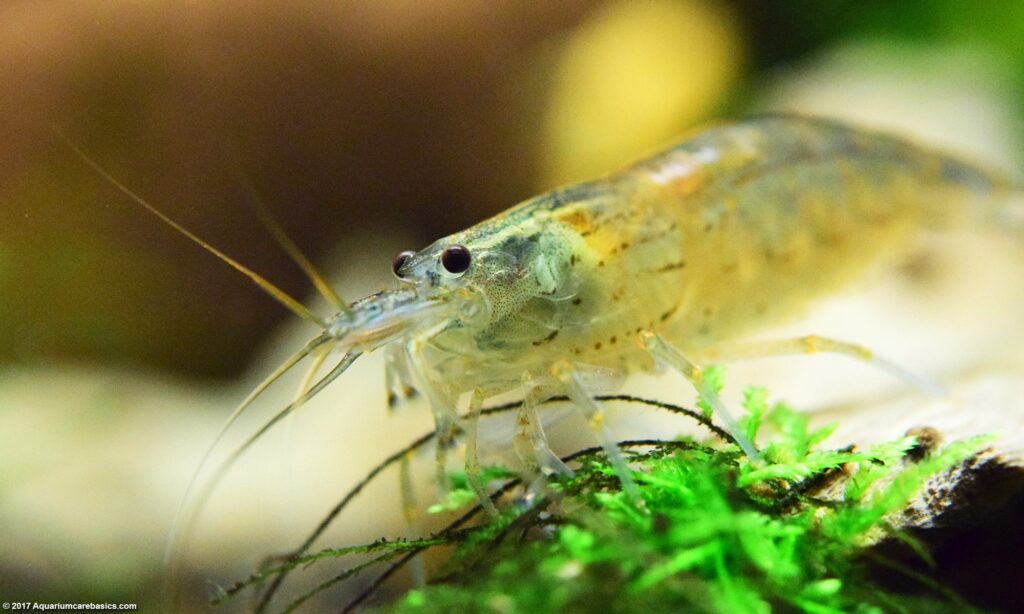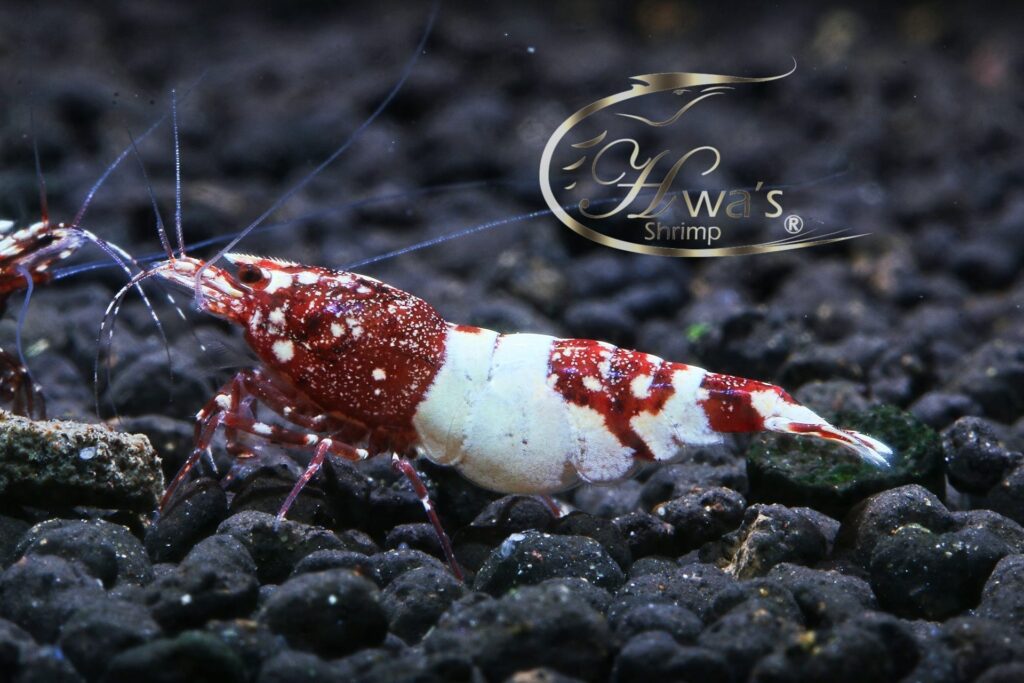Shrimp keeping has emerged as a popular and fascinating aspect of the aquarium hobby in recent years. These small, colorful crustaceans, particularly from the Caridina genus, have captivated the hearts of many aquarists. From the vibrant Crystal Red Shrimp to the striking Lava Tiger, Caridina shrimp offers a diverse range of species and color morphs that can transform any aquarium into a living work of art.

Keeping shrimp involves creating a carefully balanced ecosystem within a tank, providing appropriate water parameters, diet, and habitat to ensure the health and well-being of these delicate creatures. Unlike traditional fish-keeping, shrimp aquariums often focus on creating lush, planted environments that mimic the shrimp’s natural habitats while showcasing their beauty and behaviors.
This chapter of Caridina University aims to provide a comprehensive look at the pros and cons of shrimp keeping, with a focus on Caridina species. By exploring both the rewards and challenges of this hobby, we hope to give you a balanced perspective on what to expect when venturing into the world of shrimp keeping.
Whether you’re a seasoned aquarist considering adding shrimp to your collection or a complete beginner drawn to these fascinating creatures, this guide will help you make an informed decision about whether shrimp keeping is right for you. We’ll delve into the joys of watching a thriving shrimp colony, the satisfaction of successful breeding, and the therapeutic aspects of maintaining a shrimp tank. Conversely, we’ll also discuss the potential difficulties, including the sensitive nature of shrimp, the need for precise water parameters, and the time commitment required for proper care.
By the end of this article, you’ll have a clearer understanding of what it takes to keep Caridina shrimp and whether the rewards outweigh the challenges for your personal aquarium journey.

Cons of Keeping Shrimp
Limited tank mates
- Compatibility issues with larger fish – Many popular aquarium fish view shrimp as prey, limiting the options for community tanks. Species like bettas, cichlids, and most tetras are likely to hunt and eat shrimp, especially smaller varieties.
- Risks to baby shrimp – Even with seemingly compatible fish, newly hatched shrimplets are extremely vulnerable. Many fish that won’t bother adult shrimp will happily snack on tiny babies, potentially decimating your colony’s growth.
Unique appearance may not appeal to everyone
- Initial impressions – Shrimp’s alien-like appearance and small size can be off-putting to some aquarists accustomed to more traditional fish. Their constant foraging and twitchy movements might not provide the same visual appeal as gracefully swimming fish.
- Start with larger species – For those unsure about shrimp, beginning with larger, hardier species like Amano or neocaridina shrimp can serve as a good introduction. Their size makes them easier to observe and less likely to be overlooked in a tank.

Sensitivity to environmental changes
- Water parameter requirements – Caridina shrimp, especially the more colorful varieties, often require very specific water parameters. Maintaining consistent pH, GH, KH, and TDS levels can be challenging and may necessitate the use of RO water and remineralization.
- Importance of regular testing – Due to their sensitivity, frequent water testing is crucial. This can be time-consuming, requiring a range of test kits to monitor various parameters. But for more experienced aquarists, this is a common routine.
- Careful water change procedures – Shrimp are highly susceptible to sudden changes in water chemistry. Water changes must be performed carefully, often in smaller, more frequent amounts. New water must be precisely matched to tank parameters to avoid shocking the shrimp.
Pros of Keeping Shrimp
Aesthetic Appeal
- Colorful varieties – Caridina shrimp come in a stunning array of colors, from vibrant reds and blues to striking blacks and whites. Species like Crystal Red, Lava Tiger, and Red Fancy Tigers offer eye-catching hues that can become the centerpiece of any aquarium.
- Interesting patterns – Many shrimp species exhibit unique patterns, such as the intricate designs on Galaxy Fishbone Shrimp or the spotted patterns on the Snowfall shrimp. Some species even change colors as they mature or in response to their environment, providing an ever-evolving display.

Educational Value
- Unique biology and behavior – Observing shrimp offers insights into crustacean biology, molting processes, and social behaviors. Their sometimes transparent bodies allow for fascinating views of internal organs and egg development in females.
- Opportunities for experimentation and learning – Shrimp keeping provides hands-on experience with water chemistry, ecosystem balance, and selective breeding. It’s an excellent way to deepen your understanding of aquatic environments and genetics.
Breeding potential
- Ease of reproduction for some species – Many Caridina species breed readily in captivity when provided with proper conditions. Watching a colony grow from a few individuals to a thriving population can be incredibly rewarding.
- Possibility of selling offspring – For dedicated hobbyists, breeding rare or high-grade shrimp can become a profitable venture. There’s often a strong market for quality shrimp among other enthusiasts.
Low maintenance aspects
- Clean-up crew capabilities – Shrimp are excellent scavengers, constantly foraging for leftover food, decaying plant matter, and detritus. This helps keep the aquarium cleaner and reduces the buildup of organic waste.
- Algae management – Many shrimp species, particularly Amano shrimp, are voracious algae eaters. They can help control algae growth, reducing the need for manual cleaning or chemical treatments.
- Reduced tank maintenance – Due to their small bioload and cleaning behaviors, shrimp-only tanks often require less frequent water changes and maintenance compared to many fish-only setups. This can make them an attractive option for busy aquarists or those new to the hobby.
Keeping Caridina shrimp offers a unique and rewarding experience in the aquarium hobby. On one hand, these fascinating creatures bring vibrant colors, interesting behaviors, and cleaning abilities to your tank. They provide excellent educational opportunities and can even become a breeding project for enthusiasts. On the other hand, shrimp keeping comes with its challenges, including their sensitivity to water parameters, limited tank mate options, and the need for careful, consistent care.
Ultimately, the decision to keep shrimp depends on your interests, available time, and willingness to maintain specific water conditions. If you’re drawn to the idea of creating a carefully balanced micro-ecosystem and enjoy observing small, industrious creatures, shrimp keeping could be an excellent hobby for you. However, if you prefer more active, larger aquarium inhabitants or have limited time for water testing and maintenance, you might want to consider other options.
In our next installment of the Caridina University series, we’ll delve deeper into the specific needs of popular Caridina species. We’ll explore optimal tank setups, water parameters, and feeding regimens to help you get started on the right foot in your shrimp-keeping journey. Whether you’re still on the fence or ready to dive in, our upcoming guide will provide valuable insights to ensure your success in this fascinating aspect of the aquarium hobby.









